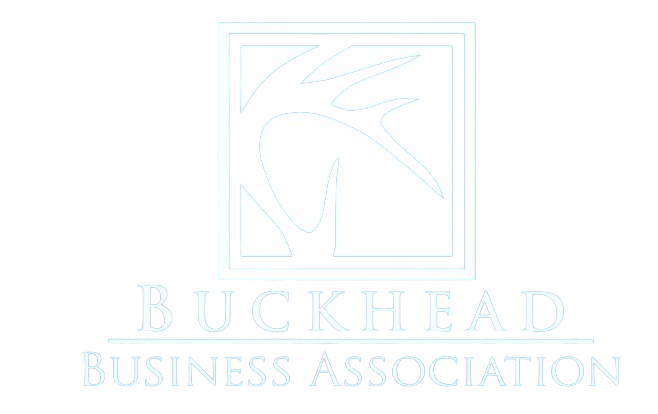Ensuring HR Compliance: Solutions for Success
In today’s rapidly evolving business landscape, understanding HR compliance is paramount for organizations striving to maintain a competitive edge. HR compliance refers to the adherence to laws, regulations, and guidelines that govern employment practices. This encompasses a wide array of areas, including labor laws, workplace safety, anti-discrimination policies, and employee rights.
As businesses expand and diversify, the complexity of compliance increases, making it essential for HR leaders to stay informed and proactive. At ImpactHXM, we recognize that compliance is not merely a legal obligation but a strategic advantage. By fostering a culture of compliance, organizations can mitigate risks associated with non-compliance, such as legal penalties and reputational damage.
Moreover, a robust compliance framework enhances employee trust and engagement, ultimately leading to improved organizational performance. Understanding the nuances of HR compliance allows businesses to navigate the intricate regulatory landscape effectively, ensuring that they not only meet legal requirements but also promote ethical practices within their workforce.
Key Takeaways
- HR compliance is essential for ensuring that an organization follows all laws and regulations related to employment and workplace practices.
- Implementing clear and comprehensive HR policies and procedures is crucial for maintaining compliance and minimizing legal risks.
- Training and development programs are necessary to educate employees and HR staff on compliance requirements and best practices.
- Regular auditing and monitoring of HR practices can help identify and address any compliance issues before they escalate.
- Staying updated on legal and regulatory changes is vital for adjusting HR practices and policies to remain compliant.
Implementing HR Policies and Procedures
Key Areas of Policy Framework
A well-structured policy framework addresses key areas such as recruitment, performance management, employee conduct, and grievance handling.
Collaborative Approach to Policy Development
By clearly defining these processes, organizations can create a transparent environment where employees feel valued and understood. At ImpactHXM, we advocate for a collaborative approach to policy development. Engaging employees in the creation of HR policies not only enhances buy-in but also ensures that the policies reflect the diverse needs of the workforce.
Regular Reviews and Updates
Furthermore, regular reviews and updates of these policies are essential to adapt to changing regulations and organizational dynamics. By prioritizing the implementation of comprehensive HR policies and procedures, organizations can establish a solid foundation for compliance while promoting a culture of accountability and respect.
Training and Development for HR Compliance
Training and development play a pivotal role in ensuring HR compliance across all levels of an organization. Comprehensive training programs equip employees with the knowledge and skills necessary to understand their rights and responsibilities within the workplace. This includes training on anti-discrimination laws, workplace safety protocols, and ethical conduct.
By investing in ongoing training initiatives, organizations can foster a culture of compliance that empowers employees to make informed decisions. Moreover, training should not be limited to new hires; it must be an ongoing process that evolves with the organization. Regular workshops, seminars, and e-learning modules can help reinforce compliance principles and keep employees updated on any changes in legislation or company policies.
At ImpactHXM, we emphasize the importance of creating tailored training programs that address specific compliance challenges faced by different departments. By prioritizing training and development for HR compliance, organizations can cultivate a knowledgeable workforce that actively contributes to a compliant and ethical workplace.
Auditing and Monitoring HR Practices
| HR Practice | Auditing/Monitoring Metric | Measurement |
|---|---|---|
| Recruitment | Time to fill open positions | Number of days from job posting to offer acceptance |
| Performance Management | Employee performance ratings distribution | Percentage of employees in each performance rating category |
| Training and Development | Training completion rate | Percentage of employees who completed training programs |
| Compensation and Benefits | Pay equity analysis | Comparison of salaries by gender, race, and other demographics |
Auditing and monitoring HR practices are essential components of an effective compliance strategy. Regular audits allow organizations to assess their adherence to established policies and legal requirements, identifying potential gaps or areas for improvement. This proactive approach not only mitigates risks but also demonstrates a commitment to transparency and accountability.
By conducting thorough audits, organizations can ensure that their HR practices align with both internal standards and external regulations. At ImpactHXM, we advocate for the integration of technology in the auditing process to enhance efficiency and accuracy. Utilizing data analytics tools can provide valuable insights into HR practices, enabling organizations to identify trends and make data-driven decisions.
Additionally, establishing key performance indicators (KPIs) related to compliance can help monitor progress over time.
By prioritizing auditing and monitoring of HR practices, organizations can create a robust compliance framework that supports continuous improvement and fosters trust among employees.
Addressing Legal and Regulatory Changes
The landscape of employment law is constantly evolving, with new regulations emerging regularly at local, national, and international levels. Organizations must remain vigilant in monitoring these changes to ensure ongoing compliance. Failure to adapt to legal shifts can result in significant consequences, including fines, lawsuits, and damage to reputation.
Therefore, it is imperative for HR leaders to stay informed about relevant legal developments and proactively adjust policies accordingly. At ImpactHXM, we recommend establishing a dedicated compliance team responsible for tracking legal changes and assessing their impact on organizational practices. This team should collaborate closely with legal counsel to interpret new regulations accurately and implement necessary adjustments swiftly.
Additionally, fostering open communication channels within the organization allows employees to voice concerns or seek clarification regarding compliance-related issues. By addressing legal and regulatory changes proactively, organizations can safeguard their operations while promoting a culture of compliance.
Managing Employee Relations and Disputes
Effective management of employee relations is critical for maintaining a compliant workplace environment. Disputes can arise from various sources, including misunderstandings about policies or perceived injustices in treatment. Addressing these issues promptly and fairly is essential for preventing escalation and fostering a positive organizational culture.
A transparent grievance resolution process empowers employees to voice their concerns without fear of retaliation. At ImpactHXM, we emphasize the importance of training managers in conflict resolution techniques to ensure they are equipped to handle disputes effectively. Encouraging open dialogue between employees and management can also facilitate early resolution of conflicts before they escalate into formal complaints.
By prioritizing employee relations management, organizations can create a supportive environment that values collaboration and respect while minimizing the risk of legal challenges.
Leveraging Technology for HR Compliance
In an era where technology is reshaping every aspect of business operations, leveraging technology for HR compliance has become indispensable. Advanced HR tech solutions streamline compliance processes by automating tasks such as record-keeping, reporting, and policy dissemination. This not only reduces administrative burdens but also enhances accuracy in tracking compliance-related activities.
At ImpactHXM, we advocate for the adoption of integrated HR platforms that provide real-time insights into compliance metrics. These platforms enable organizations to monitor employee training completion rates, track policy acknowledgments, and generate reports for audits seamlessly. Furthermore, utilizing artificial intelligence (AI) can enhance decision-making by identifying potential compliance risks before they materialize.
By embracing technology for HR compliance, organizations can enhance efficiency while ensuring adherence to regulatory requirements.
Creating a Culture of Compliance
Creating a culture of compliance is not merely about adhering to laws; it involves embedding ethical practices into the very fabric of an organization’s identity. A strong culture of compliance fosters trust among employees, encourages accountability at all levels, and promotes ethical decision-making. Leadership plays a crucial role in modeling compliant behavior; when leaders prioritize compliance, it sets a tone that resonates throughout the organization.
At ImpactHXM, we believe that communication is key to cultivating a culture of compliance. Regularly sharing updates on compliance initiatives, celebrating successes in adherence efforts, and encouraging feedback from employees can reinforce the importance of compliance within the organization. Additionally, recognizing individuals or teams that exemplify compliant behavior can further motivate others to embrace these values.
By creating a culture of compliance, organizations not only protect themselves from legal risks but also enhance employee engagement and overall organizational performance. In conclusion, navigating the complexities of HR compliance requires a multifaceted approach that encompasses understanding regulations, implementing effective policies, providing ongoing training, conducting audits, addressing legal changes proactively, managing employee relations effectively, leveraging technology strategically, and fostering a culture of compliance. At ImpactHXM, we are committed to empowering HR leaders with innovative solutions that drive business transformation while ensuring adherence to regulatory requirements.
By prioritizing these elements, organizations can position themselves as industry leaders in compliance excellence while enhancing their overall operational effectiveness.
HR compliance solutions are crucial for small and medium businesses to ensure they are following all necessary regulations and laws. One related article that discusses how small and medium businesses can benefit from HR compliance solutions is “Unleashing the Power of HXM: How Small and Medium Businesses Can Win Big”. This article highlights the importance of leveraging human experience management to drive success in the workplace. By partnering with companies like Justworks, as mentioned in this article, businesses can streamline their HR processes and ensure compliance with ease.
FAQs
What are HR compliance solutions?
HR compliance solutions are tools, processes, and strategies designed to help businesses ensure that they are in compliance with all relevant laws and regulations related to human resources. This includes areas such as hiring, employee relations, benefits administration, and more.
Why are HR compliance solutions important?
HR compliance solutions are important because they help businesses avoid legal issues, fines, and other penalties that can result from non-compliance with employment laws and regulations. They also help to create a fair and safe work environment for employees.
What are some common features of HR compliance solutions?
Common features of HR compliance solutions may include automated compliance tracking, policy and procedure management, employee training and certification tracking, reporting and analytics, and document management.
How do HR compliance solutions help businesses stay compliant?
HR compliance solutions help businesses stay compliant by providing tools and resources to manage and track compliance requirements, automate processes, and ensure that policies and procedures are up to date and in line with current regulations.
What are some examples of HR compliance regulations that businesses need to adhere to?
Examples of HR compliance regulations that businesses need to adhere to include equal employment opportunity laws, wage and hour laws, workplace safety regulations, and laws related to employee benefits and leave.
How can businesses choose the right HR compliance solution for their needs?
Businesses can choose the right HR compliance solution for their needs by evaluating their specific compliance requirements, considering the size and complexity of their organization, and researching and comparing different solutions to find the best fit.







